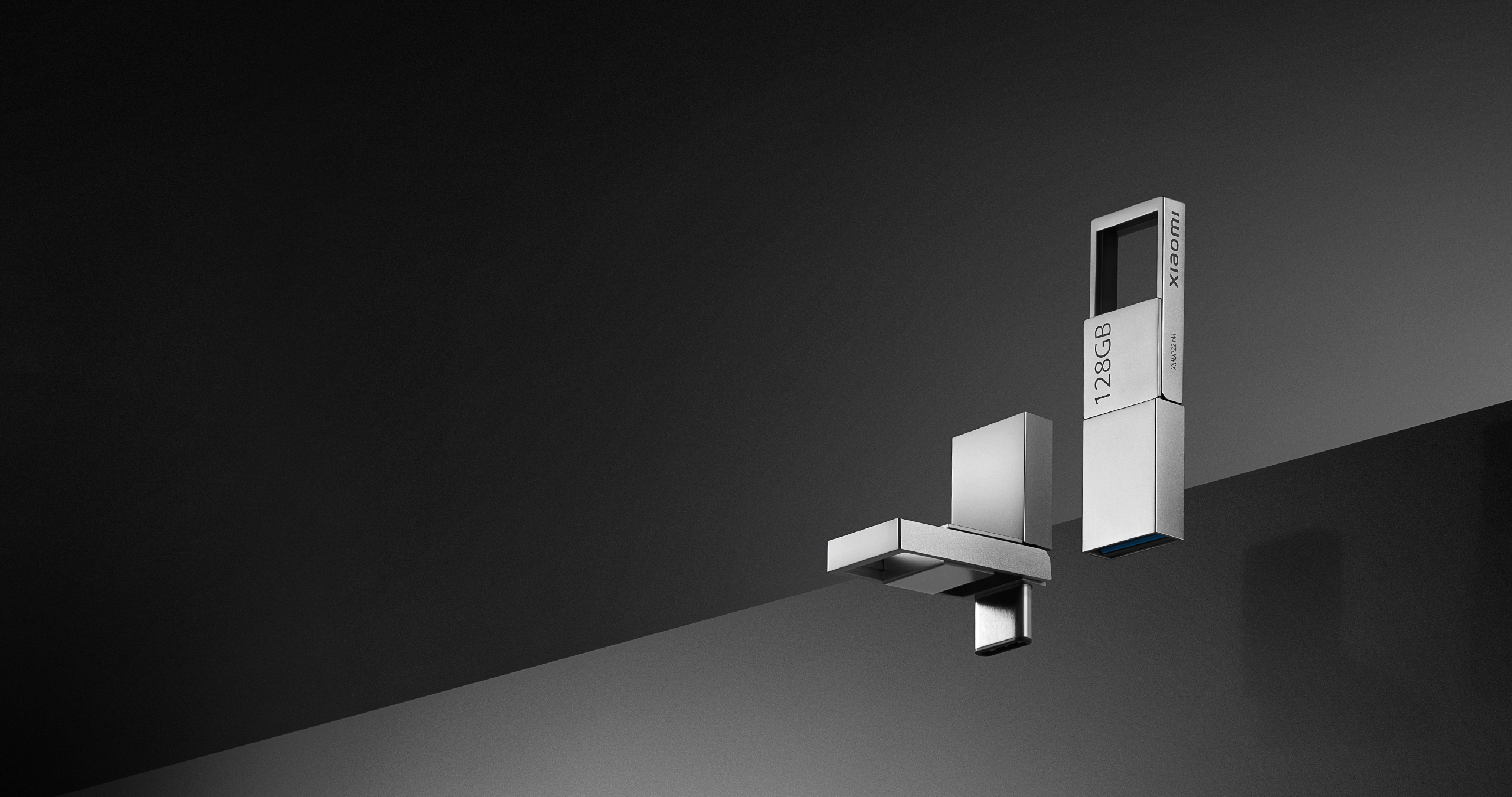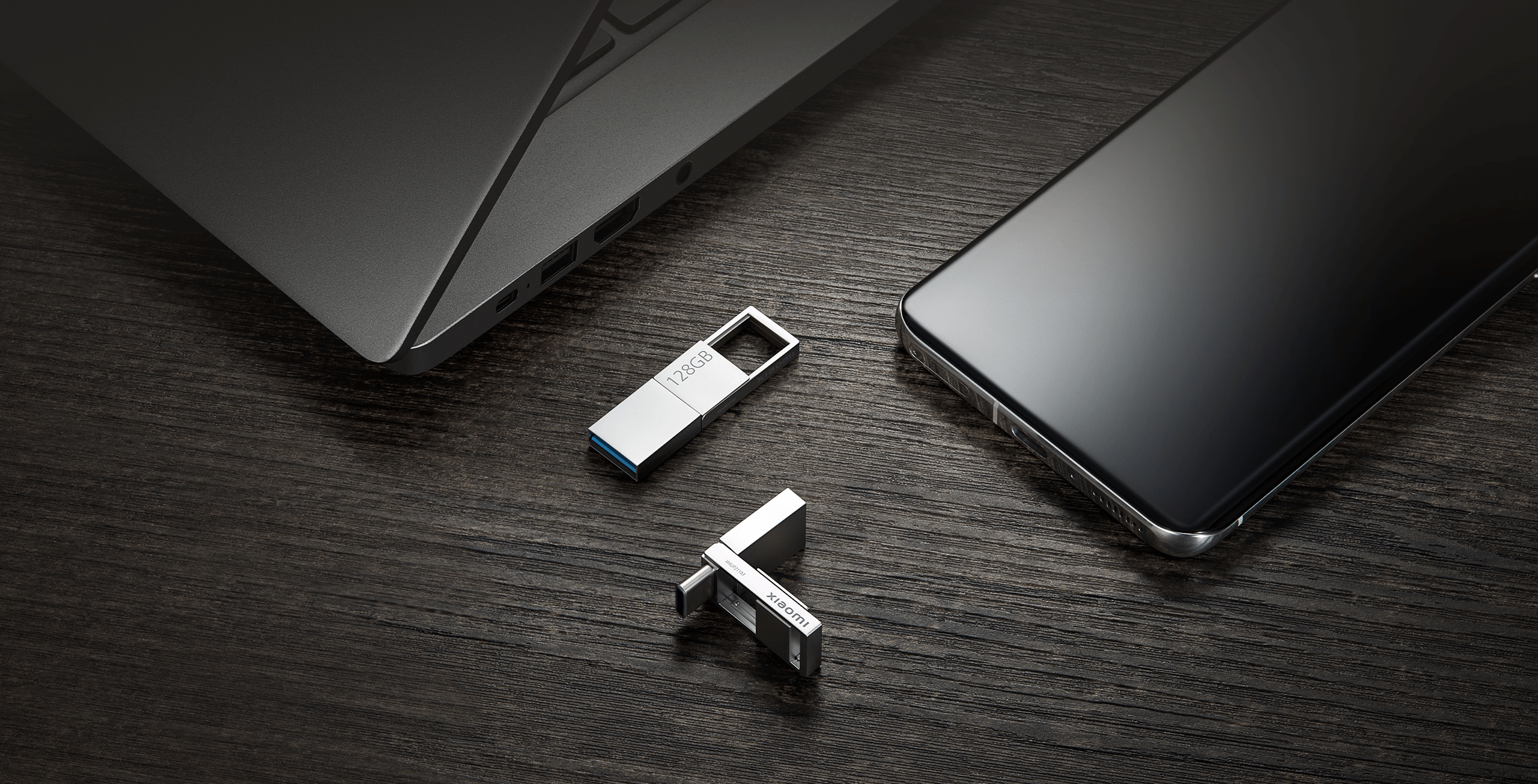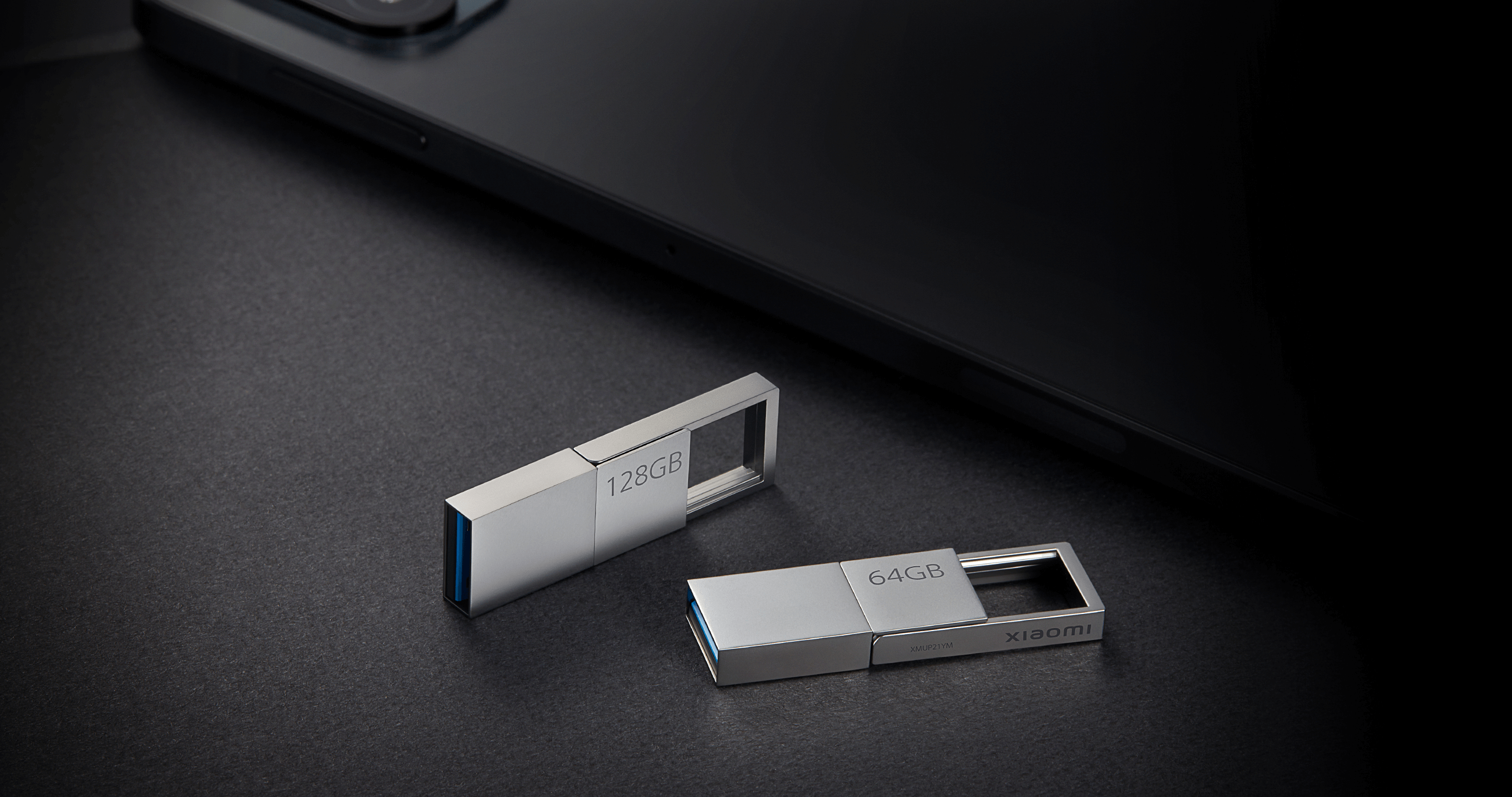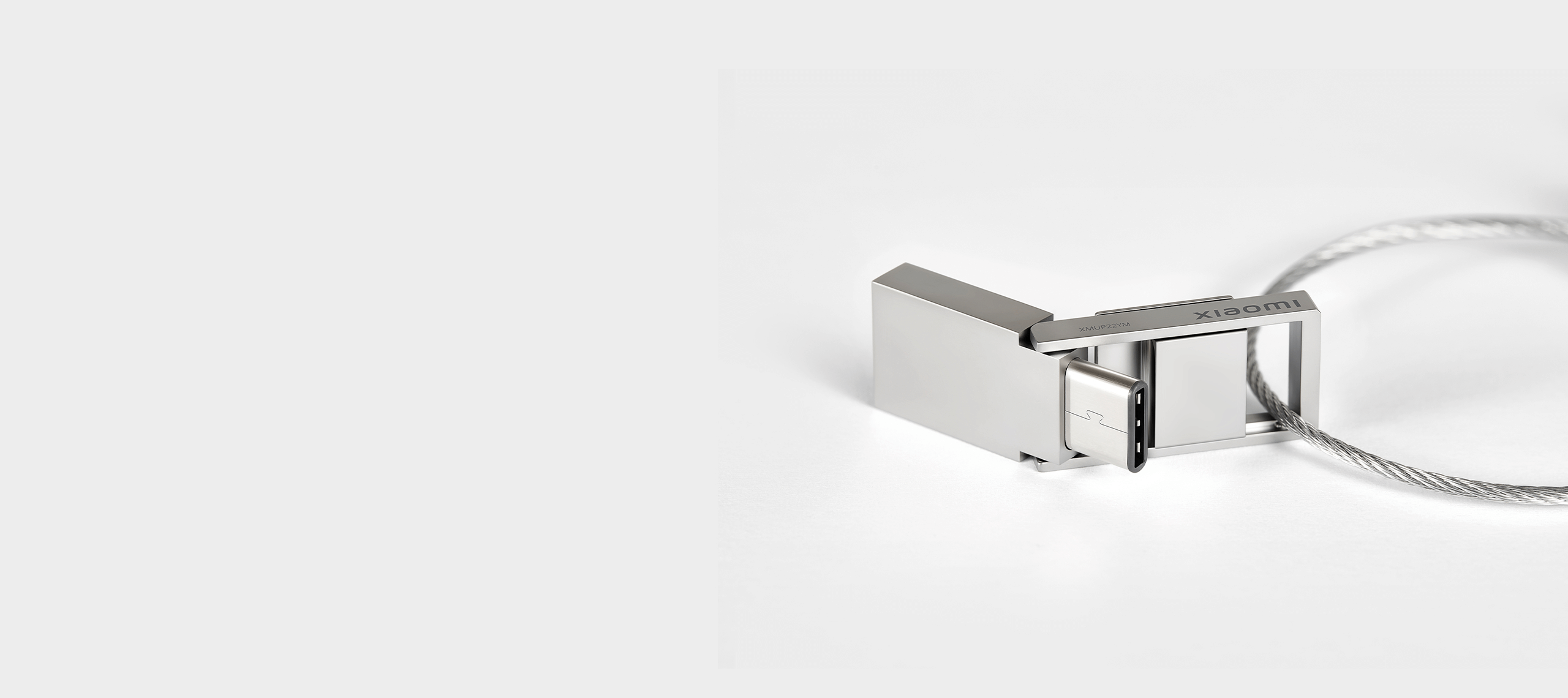







Dual connection interfaces deliver versatility and powerful compatibility
Designed with dual connection interfaces compatible with mainstream digital devices, it can be used with a wide array of smartphones, tablets, laptops, and other digital products featuring Type-A and Type-C USB ports. It easily handles your work and entertainment needs.
*Supports Windows 7/8/10/11, macOS 10.6 and above, Android 4.4 and above with OTG functionality.

USB 3.2 Gen 1 super-high-speed transmission
Super-high-speed USB 3.2 Gen 1 specification enables read speeds to reach up to 150MB/s*, ensuring visibly stable and efficient data transfers.


*Refer to tip 3 for actual transmission speeds.

Advanced UDP encapsulation ensures lasting durability
The core components adopt advanced UDP-integrated encapsulation, significantly reducing flash drive size while enhancing quality and performance. The flash drive body is effectively dust-proof and water-resistant and is resilient to accidental damage from daily use.

Full-metal body encapsulating exquisite craftsmanship
The flash drive is crafted using zinc alloy die-casting for efficient cooling. The surface is sandblasted and electroplated, resulting in a premium look and texture with a smooth and gentle feel.

Compact and exquisite mortise and tenon structure
The ingenious mortise and tenon design features an embedded sliding rail to prevent the cover from falling off, securely protecting the Type-C interface. The one-piece minimalist design and ultra-thin body ensure it is practical and convenient to carry around.

1. Slide the protective cover open

2. Flip up to reveal the Type-C interface
Xiaomi Dual-interface Flash Drive Tips
1. Flash drive capacity:
Displayed capacity is not equal to the nominal capacity Flash memory or hard disk device manufacturers typically calculate capacity using a base of 1,000, i.e. 1KB=1000 bytes, 1MB=1000KB, 1GB=1000MB. Operating systems calculate capacity using a base of 1024, i.e. 1KB=1024 bytes, 1MB=1024KB, 1GB=1024MB. The formatted capacity will be smaller than the nominal capacity. In different operating systems, system files and firmware also occupy a small amount of space, but the actual usable space must be greater than or equal to 90% of the nominal capacity.
2. Flash drive heating:
Flash drive heating is a common occurrence. When the flash drive is powered on and is transferring or accessing data, electronic components inside the flash drive generate heat. The amount of heat generated varies depending on the duration of use, frequency of read and write operations, and the ambient temperature. Since metals have good thermal conductivity and cooling properties, metal flash drives may heat up during use. This does not reflect poor quality.
3. Read and write speeds of the flash drive:
Product data come from laboratory tests. Testing tool: CrystalDiskMark 5.2.1, a Xiaomi's laptop with 13-i5 8250U processor, 8GB RAM, running Windows 10 64-bit Enterprise Edition. The test file was a 3.94GB video, transferred from the Xiaomi flash drive to a PC, with a transfer time of 30 seconds. In actual usage scenarios, please ensure that your computer's port is USB 3.0 or above, otherwise copy speed could be greatly impacted. Copying a large number of small files will also result in decreased transmission speeds. Additionally, the flash drive has an SLC buffer set up. When continuously copying a large number of files, the files will be directly stored in the TLC memory once the buffer is full, resulting in a slight speed decrease. This is a characteristic of TLC flash memory and not a product issue.
4. Slow copying of folders compared to copying individual files:
When copying a single file, the system only needs to create one index. When copying a folder containing a large number of small files, an index needs to be created for each file so it takes relatively longer. Moreover, when multiple tasks are performed simultaneously, it increases the load on the computer, leading to channel congestion and potentially reduced speeds.
5. Flash drive's factory format:
Xiaomi Dual-interface Flash Drive's default file system is FAT32, which can be used with both Windows and macOS. (When copying individual files larger than 4GB, the file name length cannot exceed 255 characters. You can change the file system format from FAT32 to exFAT if required.) In Android systems, there is no error message when there are problems with transferring individual files larger than 4GB. If you encounter data transfer failures, you can change the file system format from FAT32 to exFAT for use.
6. Data storage:
Products have value, but data is priceless. Please back up important data. If problems occur during the product warranty period, we will provide warranty service for the product. Please note that data recovery services is not included and there is no guarantee that the lost data will be recovered.